About the Fundamental Human Movements.
In strength and conditioning training, athletes perform certain movements to train major muscle groups and improve performance. Incorrect movements can be very detrimental to an athlete’s body, so strength and conditioning teaches athletes how to move properly in order to avoid future injury. By training a variety of skills, this form of coaching helps increase muscle strength, strengthen neuromuscular efficiency, and improves mobility and flexion. What are the basic fundamental movements trained in strength and conditioning sessions? Read on to learn about the six basic movements performed in strength and conditioning training.

Pull
In the pulling motion, you pull a weight toward your body or move your body towards your hands. The pulling motion comes in various forms, such as vertical or horizontal pulls. The main muscles being worked in this motion are the mid and upper back, biceps, forearms, and rear deltoids. Some examples of the pulling motion include pull-ups and barbell rows.

Push
The pushing motion is the opposite of the pull: it works as an antagonist muscle pair. In this movement, you push a weight away from your body or away from an object. Just like in pulls, the pushing motion also has vertical and horizontal components. The muscles targeted in this motion are the chest, triceps, and front deltoids. Sample exercises include push-ups and dumbbell shoulder presses.
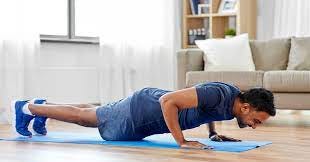
Squat
The squat — one of the most complex movements of the human body — requires a lot of strength and mobility in the leg, hip, knee, and ankle. This exercise targets the glutes, core, quadriceps, and hamstring muscles. Variations of the squat include goblet squats, sumo squats, and front squats.
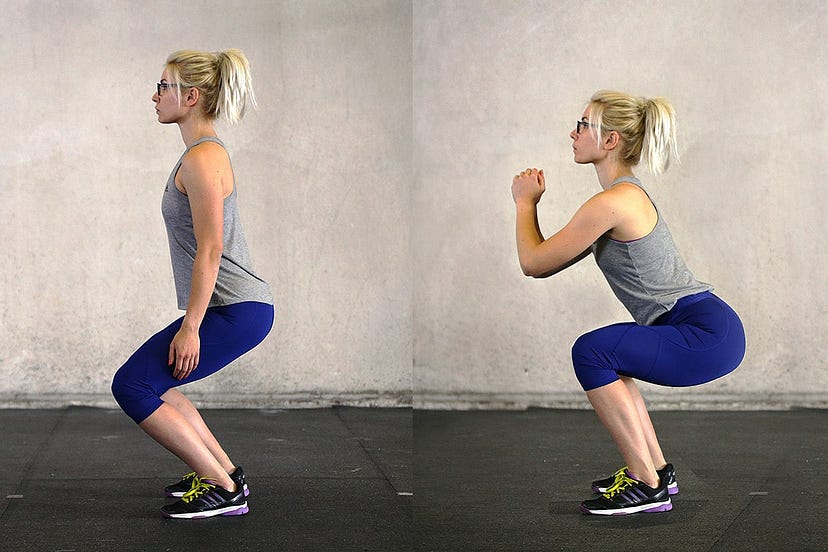
Lunge
Lunges require greater flexibility, stability, and balance all throughout the body because you perform this motion in a less stable position: one foot further away from the other. This exercise works the same muscles as the squats (glutes, quadriceps, core, and hamstrings) with the added stimulation of all three gluteal muscles because of the split stance you are in. Some example exercises are step-ups and side lunges.
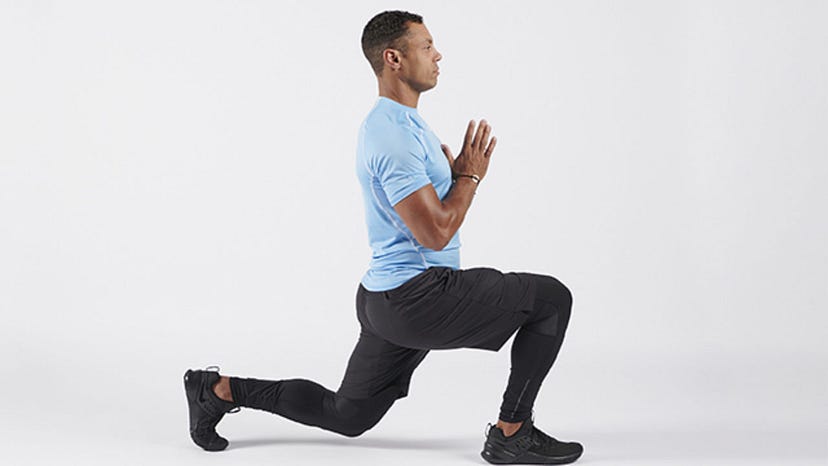
Hinge
Hinge exercises require a slight bend at your knees and a forward lean pushing your hips backward, all while keeping your back straight. These exercises build the hamstrings, glutes, and lower back muscles. Some exercises include kettlebell swings and sumo deadlifts.

Rotation
Rotation is a movement that involves twisting your core instead of moving forward and backward or side to side. This motion is very important for athletes to train since rotation is seen in almost every sport: while throwing a ball, kicking a ball, and changing directions while running. The core (specifically the obliques) and the lower back are the key muscle groups trained in this type of exercise. Exercises that fall under this group are side plank rotations and Russian twists.
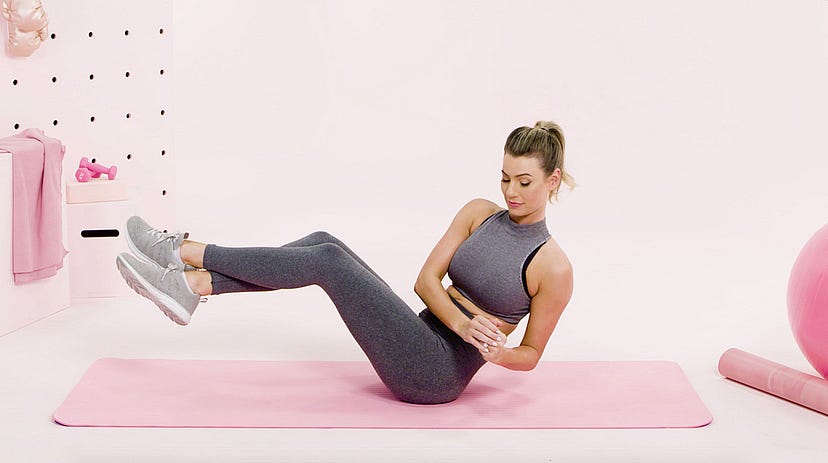
If you are looking to improve your fundamental movements with accurate and objective data, contact
Brave Virtual Worldsfor a demo of Valor: our 4D wearable motion capture technology. In just one session, you will learn where you are most injury-prone and fix those movements immediately!
More blogs by Brave Virtual Worlds

About the Fundamental Human Movements.
In strength and conditioning training, athletes perform certain movements to train major muscle groups and improve performance. Incorrect movements can be very detrimental to an athlete’s body, so strength and conditioning teaches athletes how to move properly...

Julia Duarte
—
2022/08/10
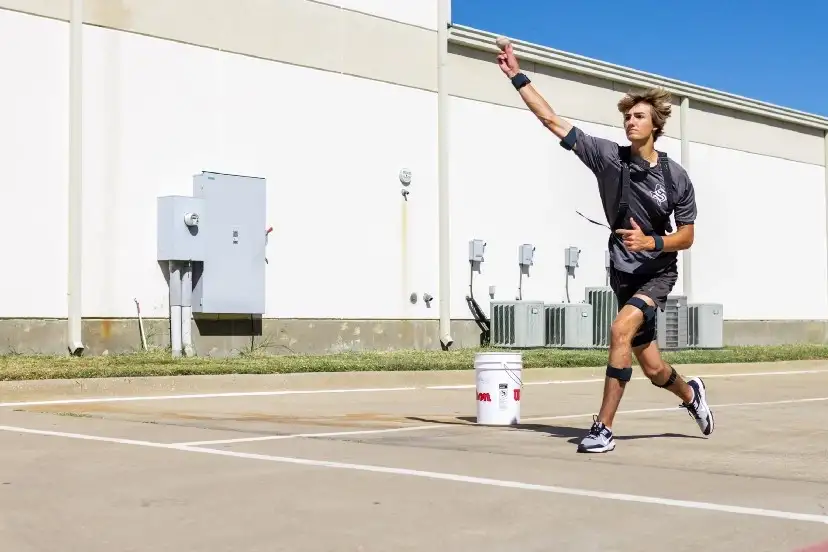
Motion Capture: What is it and why is it important?
At Brave, our mission is to make motion capture accessible. Our real-time motion tracking technology pairs with a data analysis software platform to provide objective, actionable feedback to coaches and athletes across all sports as they work together to unloc...

Julia Duarte, Geno Lunsford
—
2022/08/10
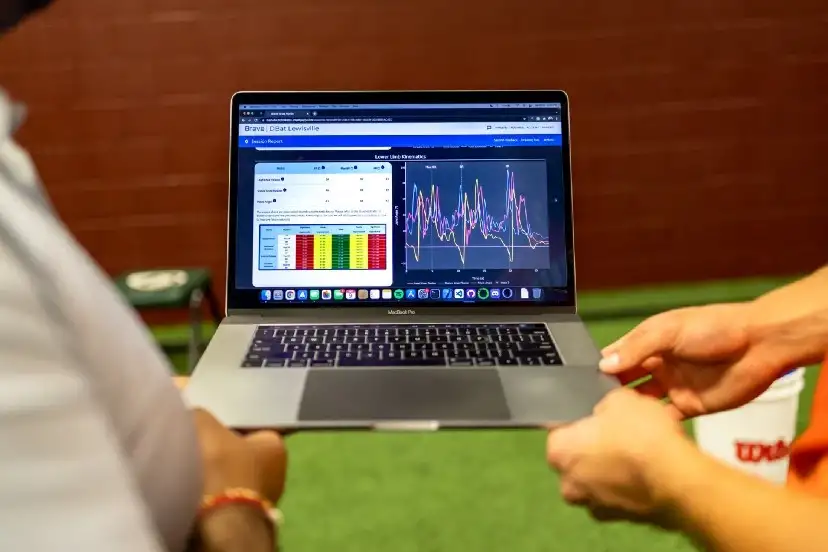
Brave vs the Competition.
Everyday, athletes compete to push the limits of human performance, and technology adapts alongside them to assist in achieving their performance goals. Wearable motion capture has developed to become one of these many technologies used to advance and improve...

Julia Duarte
—
2022/08/10
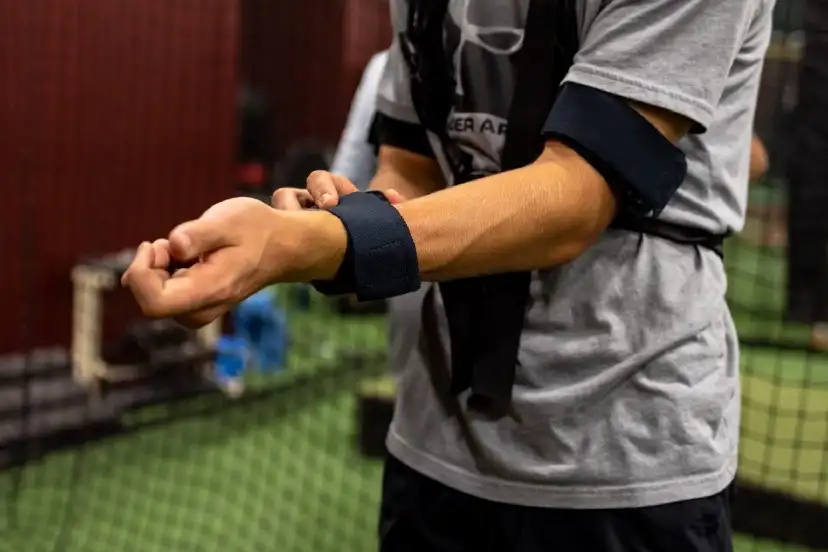
How Can Wearable Motion Capture Drive Revenue For Your Facility?
Wearable motion capture can enhance athletes’ everyday training practices. With it, players can receive objective feedback on their body movements and make adjustments accordingly. Instead of relying only on a coach for instruction, athletes become exposed to...

Julia Duarte
—
2022/08/10

Valor's Future with Extended Reality.
Extended reality paired with our Valor suit will reimagine and vastly improve sports training, physical therapy, and everything that relies on understanding human interaction. In this blog, we will discuss Valor’s current features, its ability to incorporate X...

Julia Duarte
—
2022/08/10
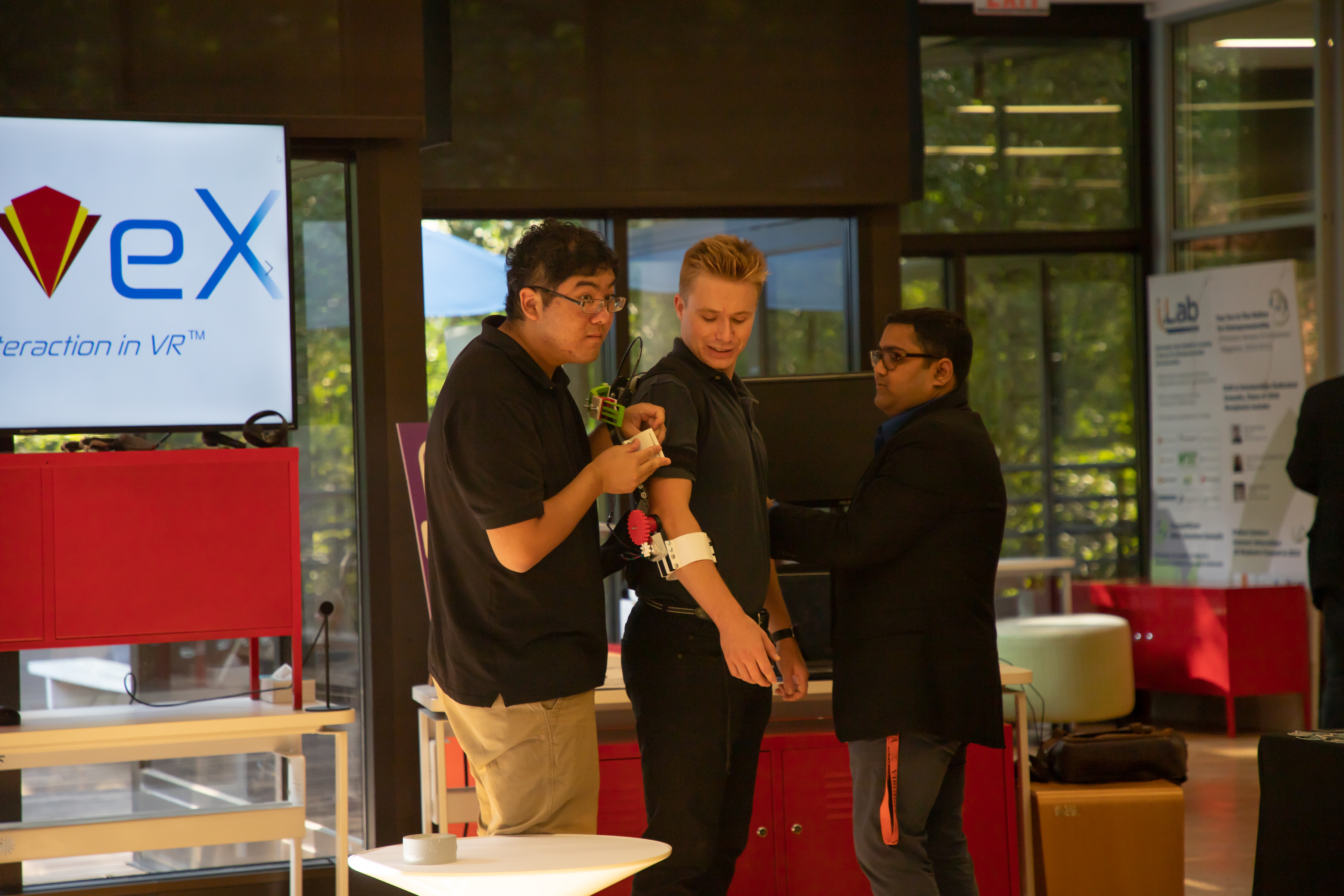
About the Beginning of Brave.
The idea for Brave came about when two engineering students, William Kodama and Dhyey Parikh, our current CEO and COO respectively, completed a semester-long project for a class their first year at the University of Virginia in 2017. That semester-long project...

Julia Duarte
—
2022/08/10
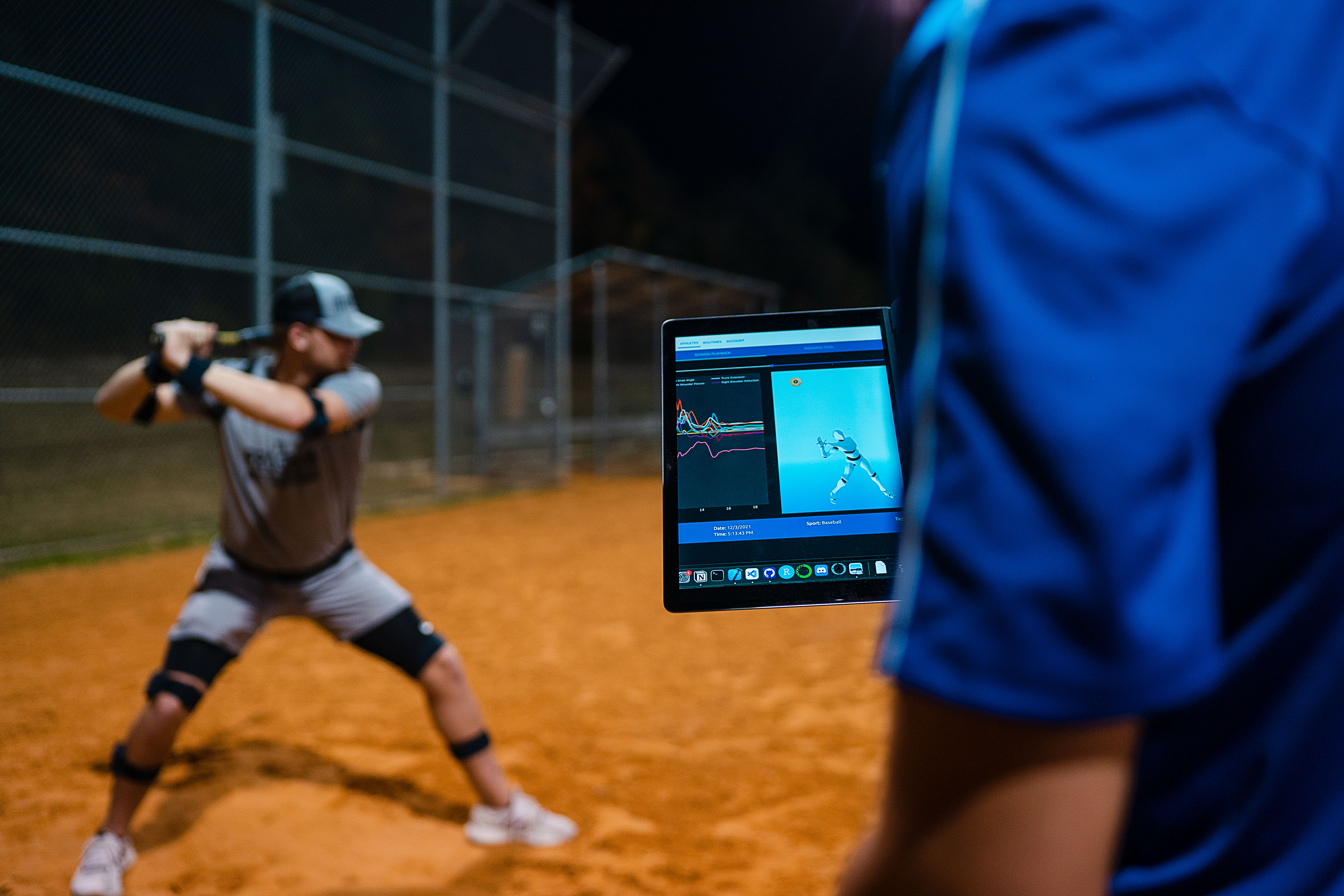
Valor's Beginning
At the start of Brave, our founders had a vision: they wanted Brave to be big to eventually create real change and make an impact wherever the company took them. Throughout their company journey, their vision has largely stayed the same, however the steps to a...

Julia Duarte
—
2022/08/10
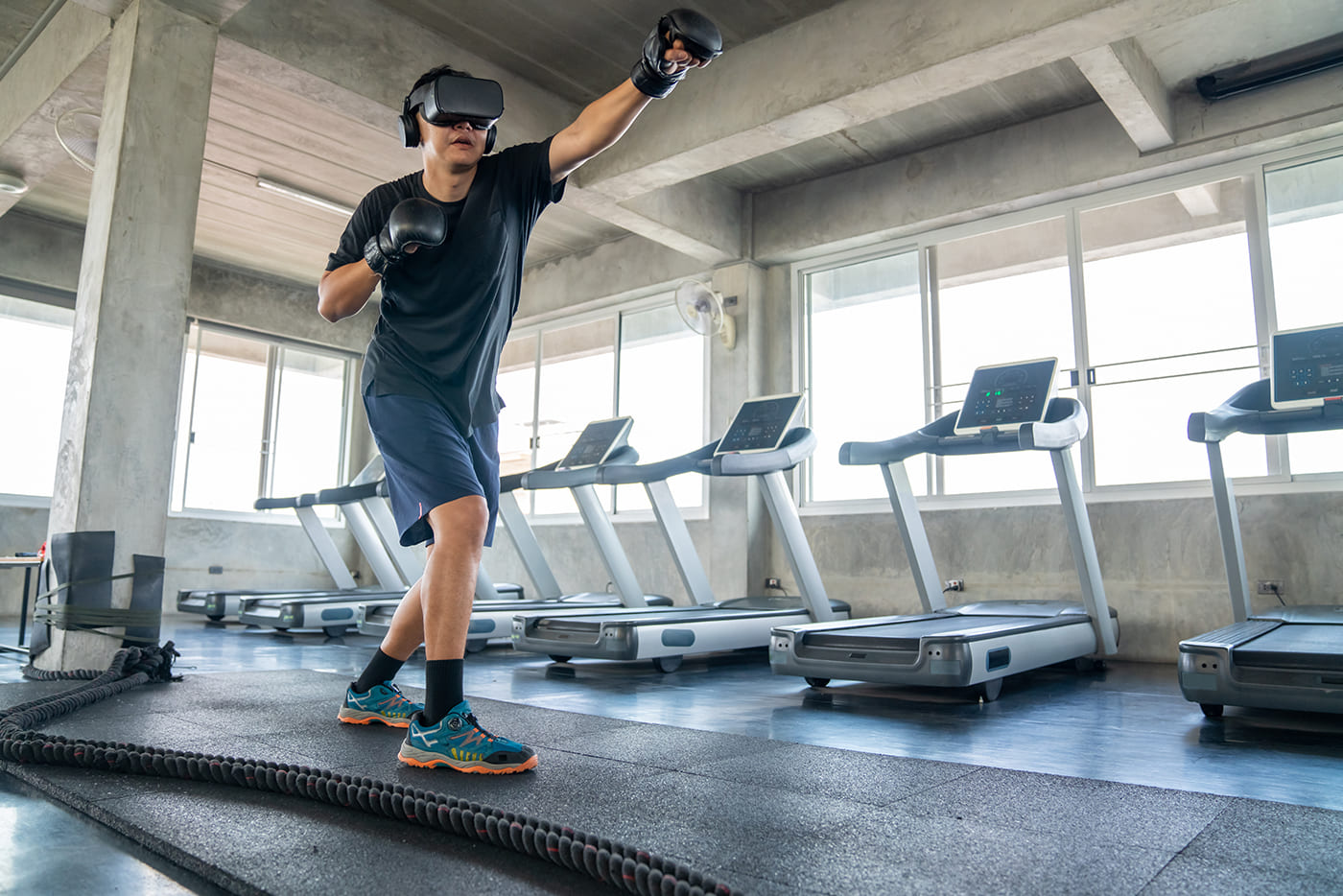
The Athletaverse
This blog will share an inside look into a new and emerging world: the Athletaverse™. It is a place where athletes can come together to work out, compete, and improve with coaching in a physical-virtual space; a place accessible for all who put the Valor suit...

Julia Duarte
—
2022/08/10
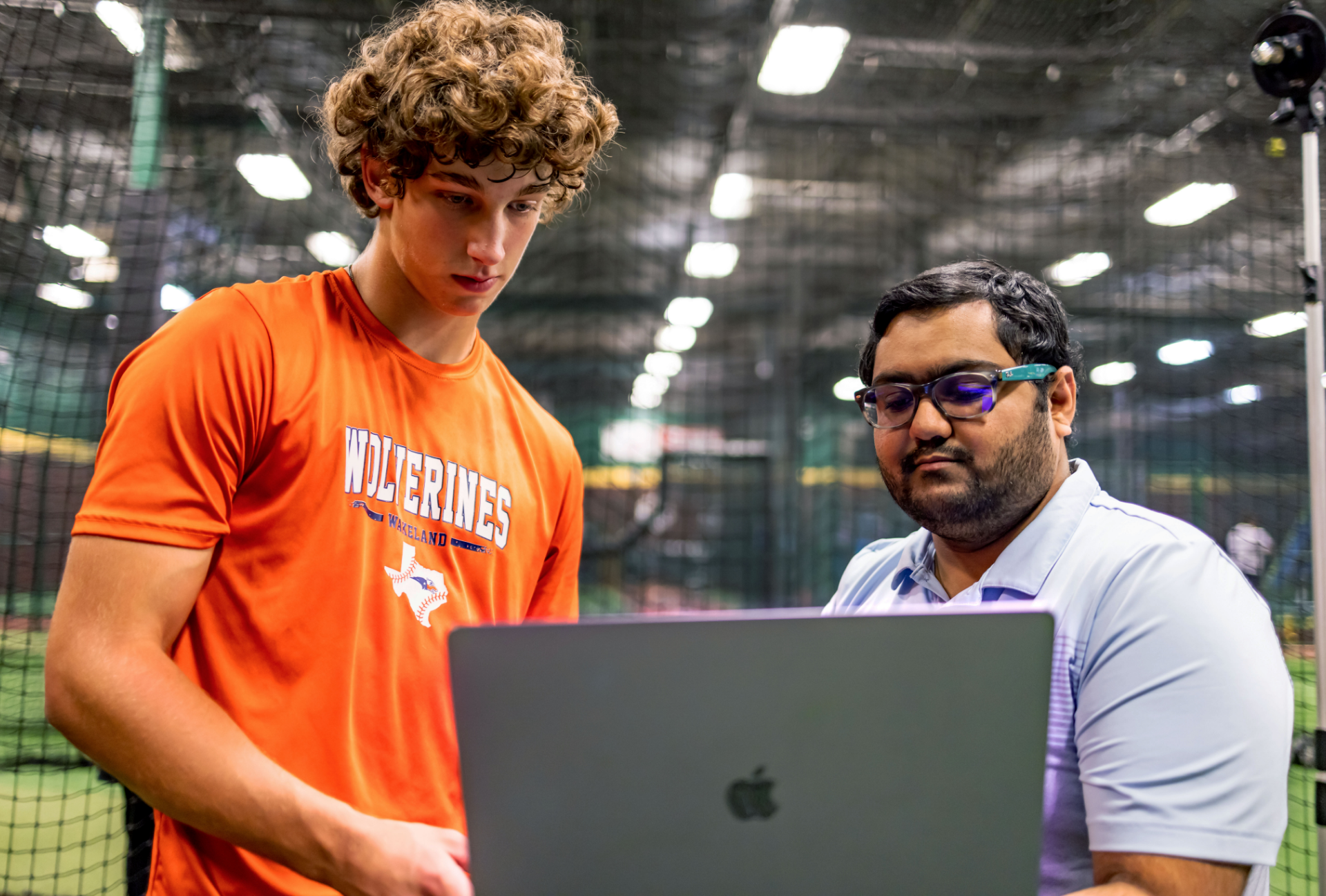
Our Partnership with DBAT-Lewisville
For the past year, Brave has maintained a partnership with VFG Sports Performance, the ownership group for multiple D-BAT (Lewisville, Waco and SE Arkansas) indoor baseball and softball training facilities . Many conversations with the ownership team of Cory L...

Julia Duarte
—
2022/08/10
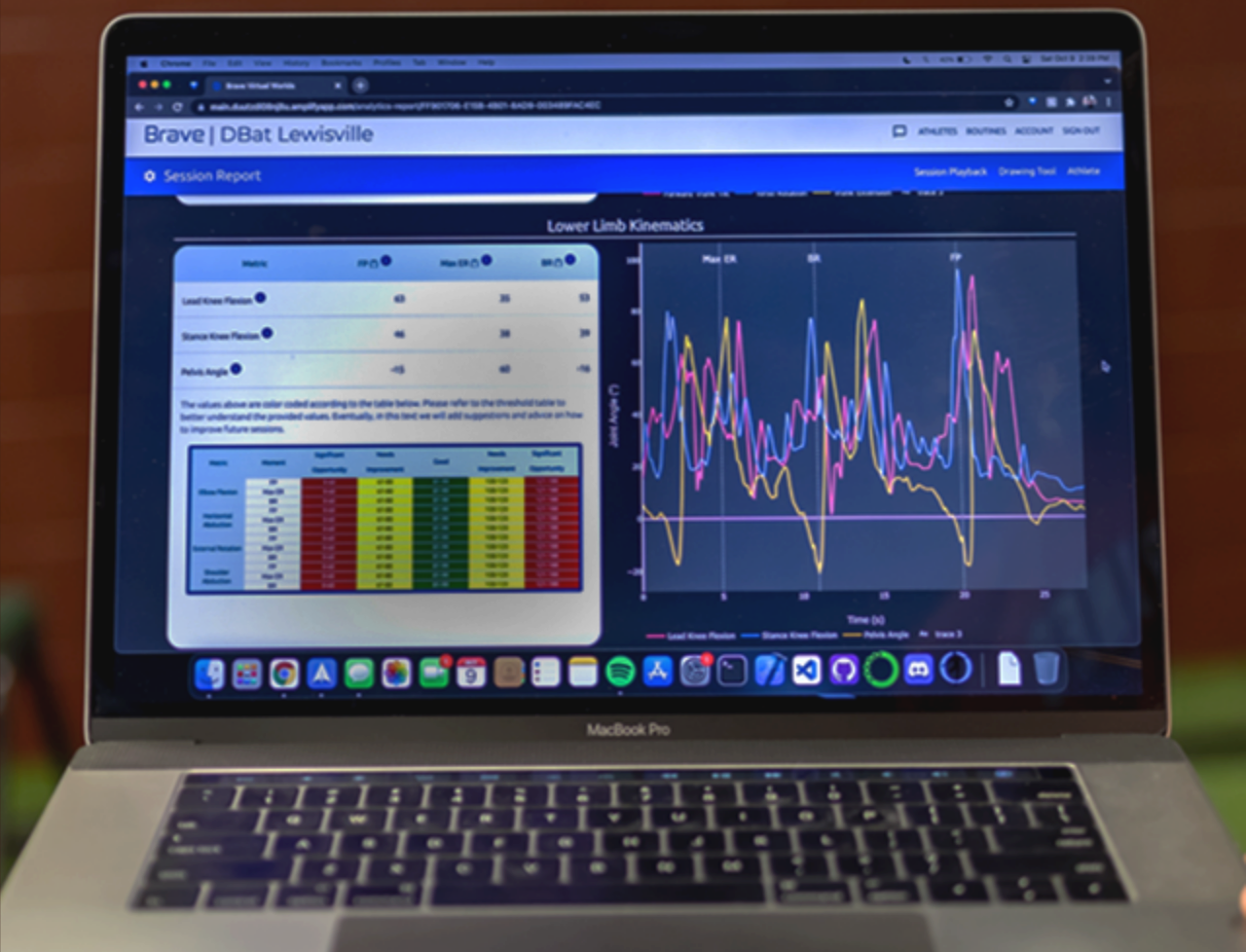
Valor's Software
Brave’s Valor captures motion anytime, anywhere. Consisting of a suit and accompanying software, the Brave team has spent over two years fine-tuning the product with constant customer feedback to become the best version possible.

Julia Duarte
—
2022/08/10
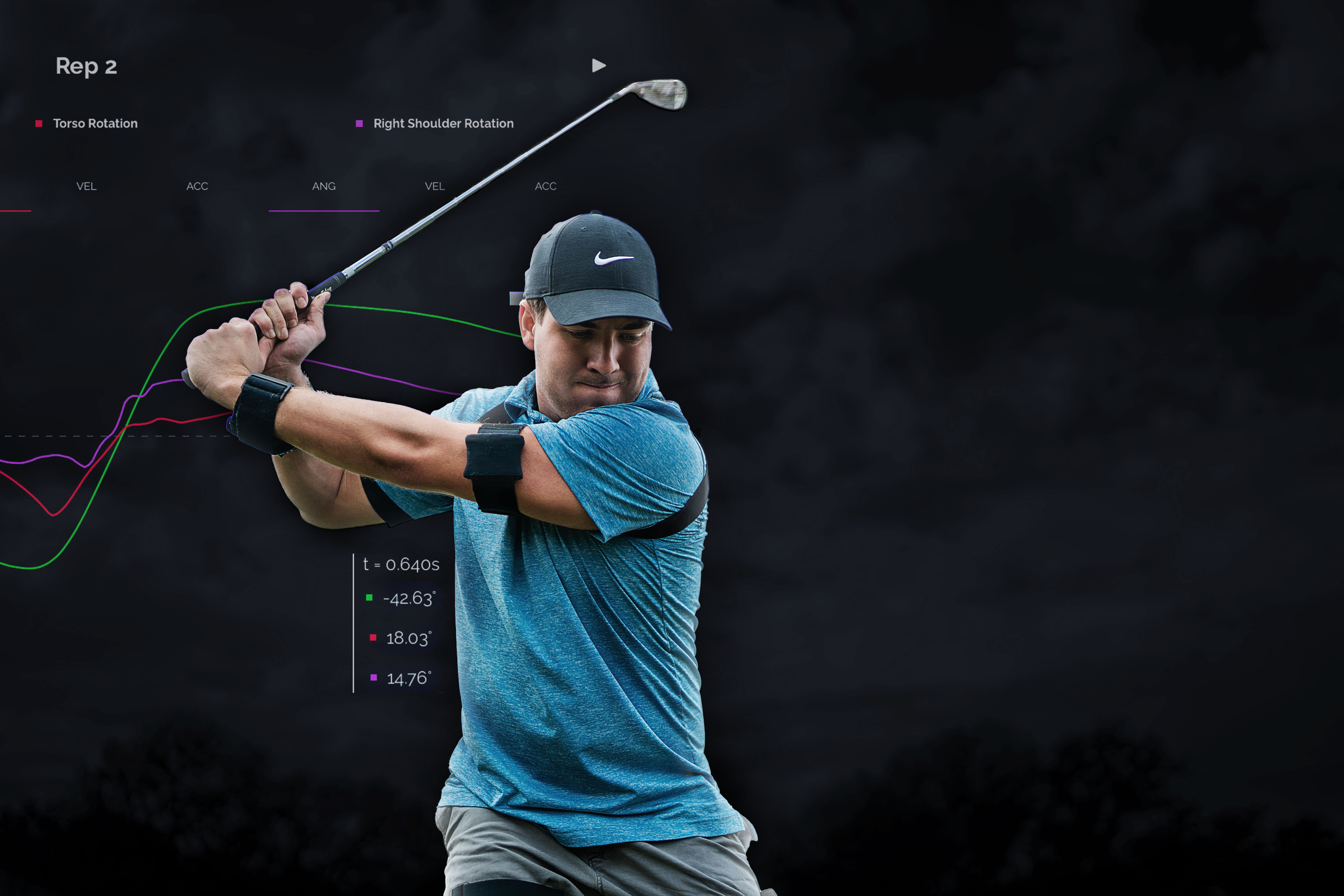
Valor for Golf
For golfers – Valor has the power to transform and strengthen your swing. From start to end, Valor sensors track every inch of your motion, and the software instantly analyzes it, from which it can tell you that your right shoulder is a bit too high or your po...

Julia Duarte
—
2022/08/10
© 2023 Brave Virtual Worlds, Inc.
All rights reserved.